Markland Hydro Station Generates More Clean Energy After Upgrades
Duke Energy’s power plant on the Ohio River in Indiana increased output by 10%
Published 05-27-22
Submitted by Duke Energy
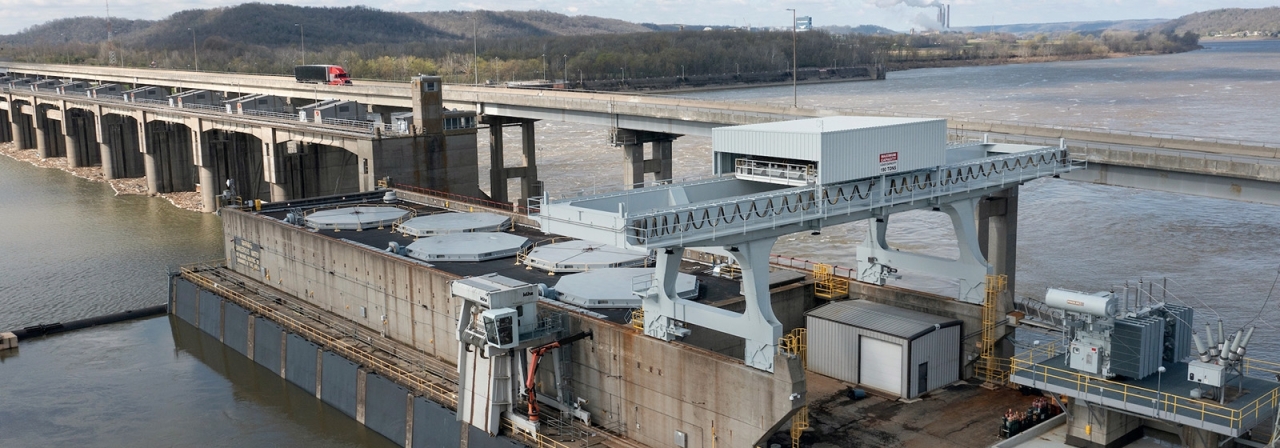
By McKenzie Barbknecht illumination Contributor
Upgrades at Duke Energy’s Markland Hydroelectric Station near Florence, Ind., increased the plant’s clean, renewable energy output by about 10% and will improve reliability for customers during the next 40 years.
Markland Hydroelectric Station can now generate up to 65 megawatts of renewable, carbon-free energy, depending on the flow of the river, which is enough to power 52,000 homes. The plant’s annual energy output increased by 39 gigawatt-hours (GWh) per year.
“The low-cost, carbon-free power generated at Markland Hydro Station is an important piece of our diversified portfolio of generation sources,” said Stan Pinegar, president of Duke Energy Indiana. “By embracing new advancements in technology and innovation, we’re able to expand clean energy production for our customers while also maintaining the reliable service they expect.”
Markland Hydroelectric Station began operating on the Ohio River in 1967. It was the first nongovernmental hydroelectric station built on the river. Upgrades like those at Markland are a key piece of Duke Energy’s transition to net-zero carbon emissions by 2050. Since 2005, the company has decreased sulfur dioxide emissions in Indiana by 96%, nitrogen oxide emissions by 73% and carbon emissions by 42%.
View original content here
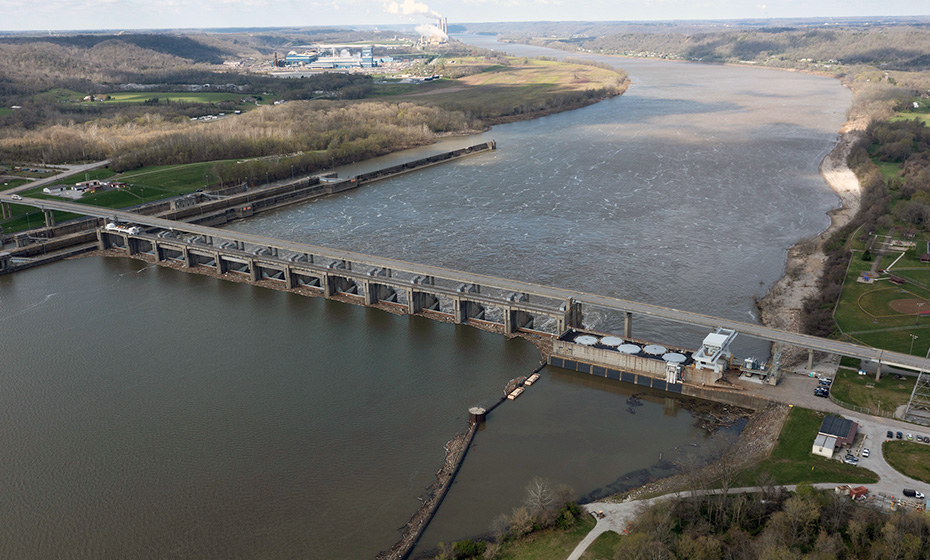
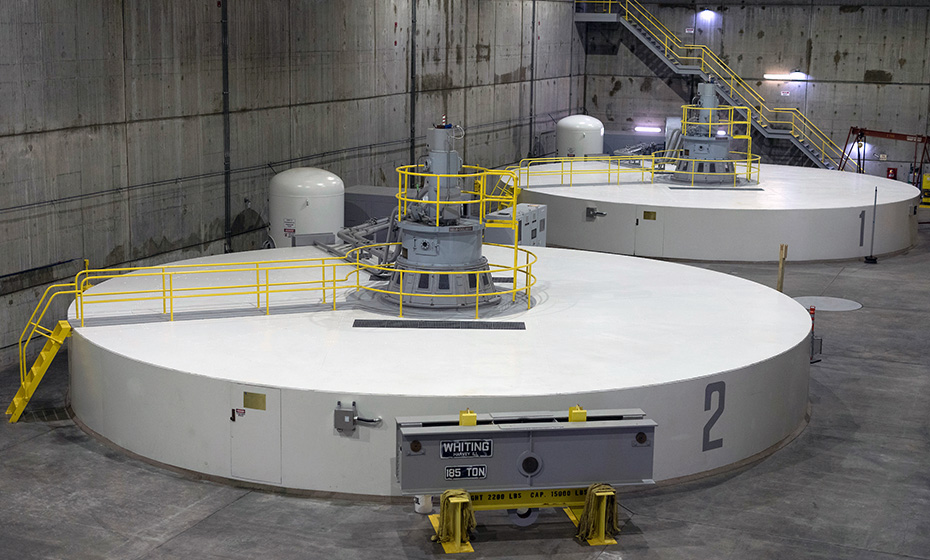

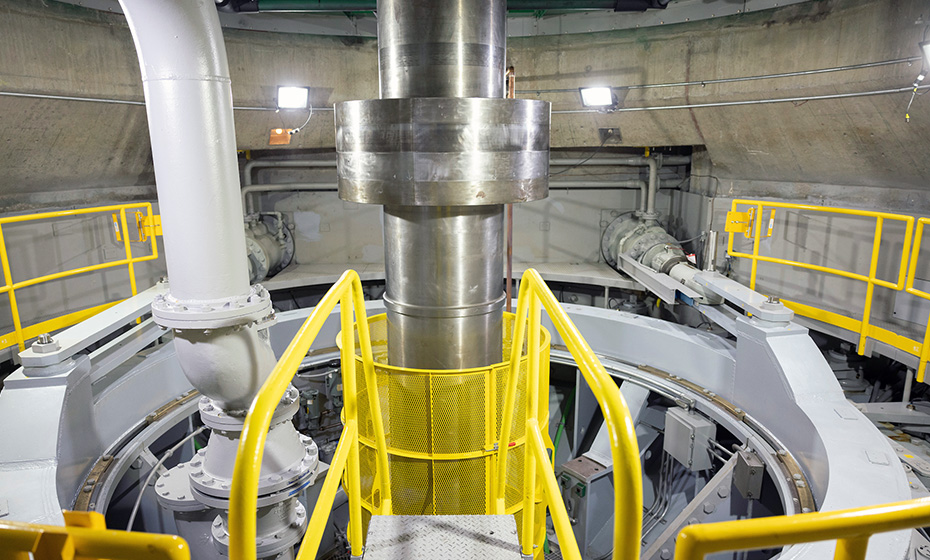
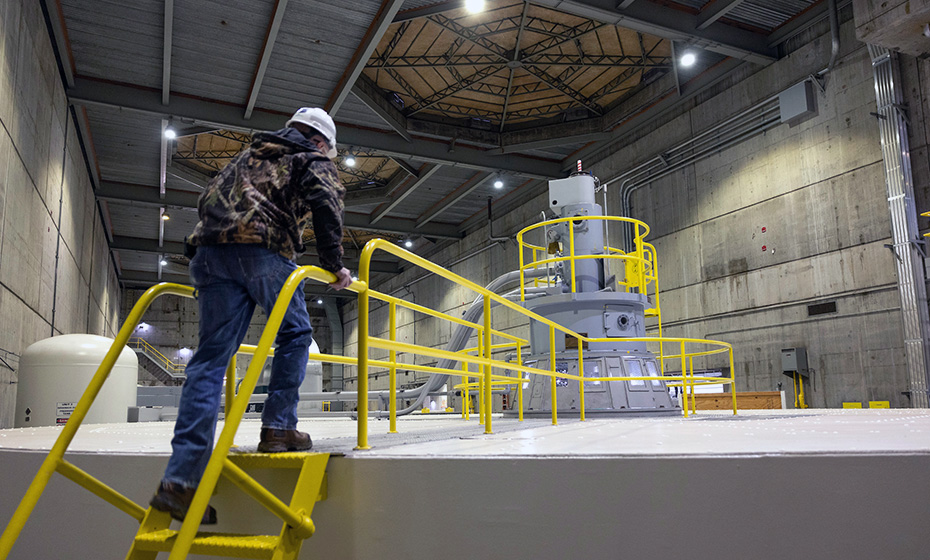
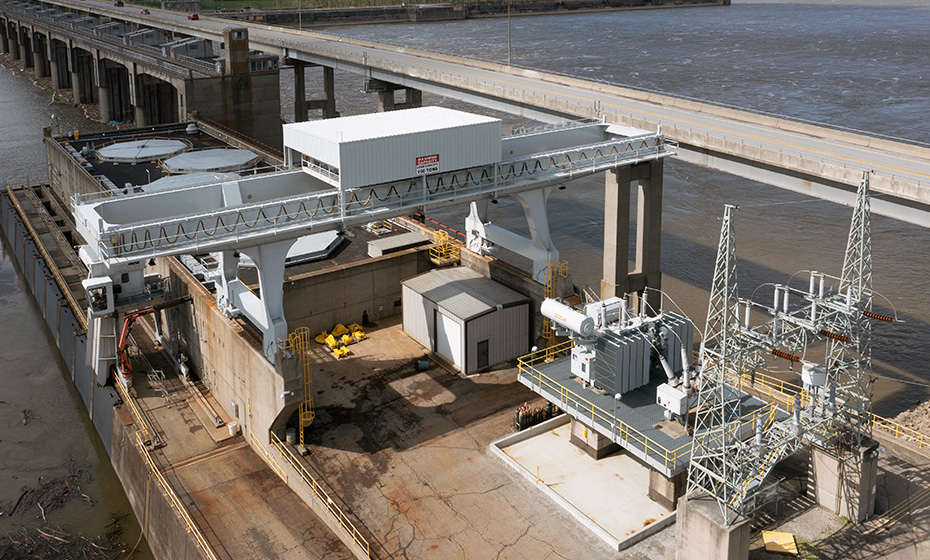

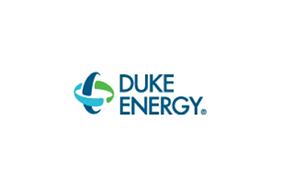
Duke Energy
Duke Energy
Duke Energy (NYSE: DUK), a Fortune 150 company headquartered in Charlotte, N.C., is one of America’s largest energy holding companies. The company’s electric utilities serve 8.4 million customers in North Carolina, South Carolina, Florida, Indiana, Ohio and Kentucky, and collectively own 54,800 megawatts of energy capacity. Its natural gas utilities serve 1.7 million customers in North Carolina, South Carolina, Tennessee, Ohio and Kentucky.
Duke Energy is executing an ambitious energy transition, keeping customer reliability and value at the forefront as it builds a smarter energy future. The company is investing in major electric grid upgrades and cleaner generation, including natural gas, nuclear, renewables and energy storage.
More information is available at duke-energy.com and the Duke Energy News Center. Follow Duke Energy on X, LinkedIn, Instagram and Facebook, and visit illumination for stories about the people and innovations powering our energy transition.
More from Duke Energy

